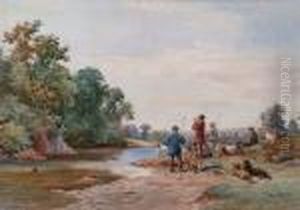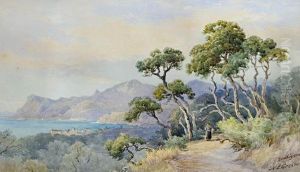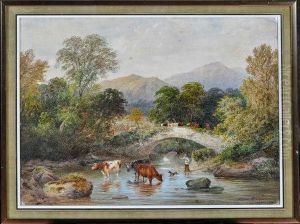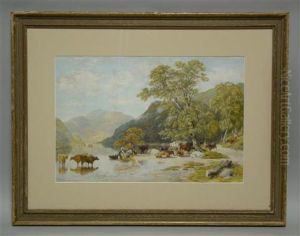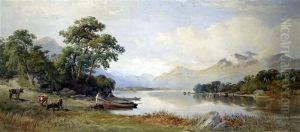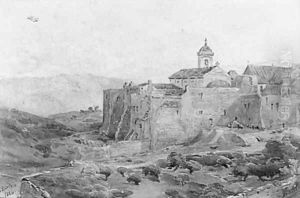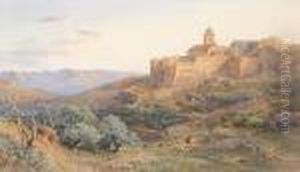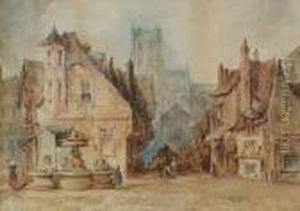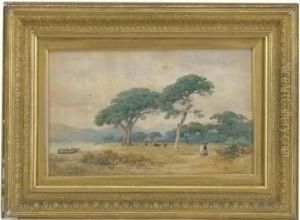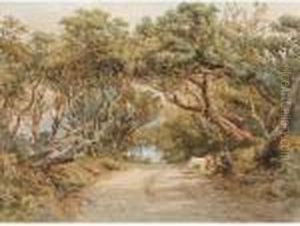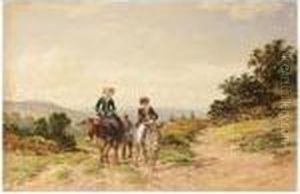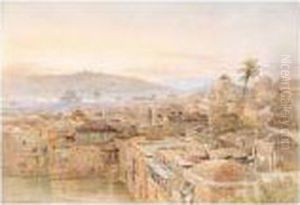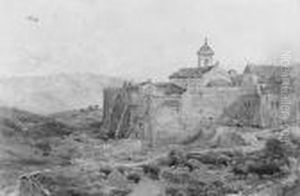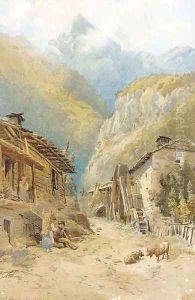Nathaniel Everett Green Paintings
Nathaniel Everett Green was a British painter and astronomer, born in 1823. He is known for his contributions to both the arts and sciences, a testament to the Victorian era’s fascination with the pursuit of knowledge across various disciplines.
Green's interest in art began at a young age, and he developed his skills primarily as a landscape painter. He had a particular talent for capturing the English countryside with a delicate touch and attention to the subtleties of light and atmosphere. His works were appreciated for their detail and serene beauty.
While he pursued his painting career, Green also nurtured a profound interest in astronomy. He was an amateur astronomer but achieved a level of excellence that earned him respect in the scientific community. His astronomical works included detailed studies of the planet Mars, and he was one of the early adopters of astrophotography.
In 1877, during the opposition of Mars, Green was invited to the private observatory of the Earl of Rosse at Parsonstown in Ireland to make observations of the planet. His drawings of Mars were among the most precise of his time, and they played a significant role in the study of the planet's surface and features. Green's work was recognized by prominent astronomers, and he was regarded as having a keen eye for detail, which served both his artistic and scientific pursuits well.
Green was also an educator, sharing his knowledge of painting and astronomy with others. He wrote several instructional books on painting and was known for his approachable and engaging teaching style. His dual expertise allowed him to make unique contributions to the popularization of both art and science during his lifetime.
Nathaniel Everett Green passed away in 1899. His legacy is preserved through his paintings, which capture the serene beauty of the English landscape, and through his astronomical drawings, which contributed to the scientific understanding of Mars and showcased the potential of combining art with science.
